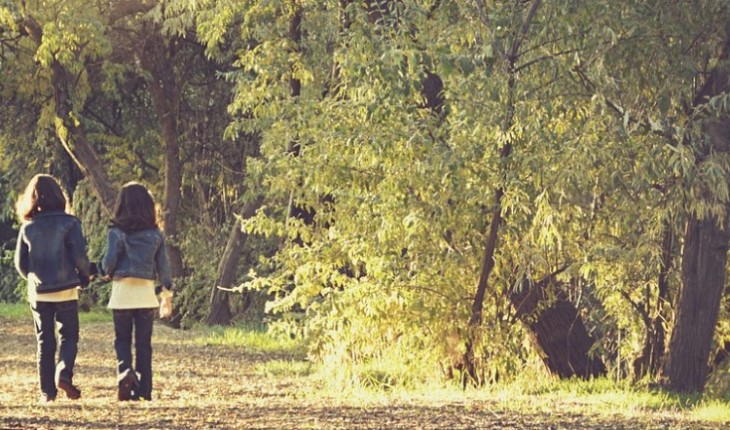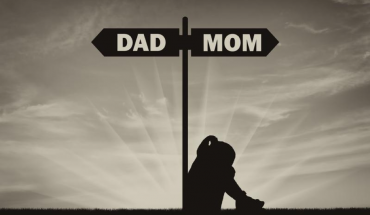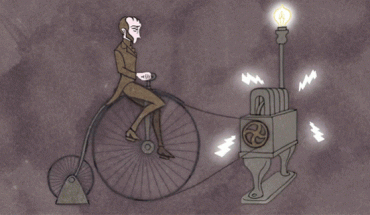Image credit: pixabay
Positive Education (PE) is the integrative field of study that tightly links human well-being with academic achievement. Common sense tells us that healthy, happy students will, on average, be more successful academically. Positive education tries to implement a nurturing environment for students, but also suggests we teach the science of human flourishing as content itself.
I am a member of the International Positive Education Network (IPEN), an organization that works to strengthen PE around the world. IPEN has described the cultural DNA of our field as having two intertwining strands – academic achievement and well-being. We argue from empirical grounds that teaching the science of positive education constitutes valuable use of class time itself, and perhaps equally so – that authentic academic learning can contribute to the character and well-being traits that define our discipline. This description of integrative thinking about academics and well-being is unlikely to be controversial to most members of IPEN, so for the purposes of this article, I will label it the Positive Education1 (PE1) model. Let me push past this safe zone and describe what we might call PE2, a model of integrating academics and well-being in which both controversies and opportunities abound.
What I call here the PE2 model is rooted in the emerging evolutionary synthesis connecting the neural networks of our brains to the social networks of society, and spanning timescales from the big bang into the unknowable future. The central argument from the PE2 model is that the big history of the cosmos and humanity’s place within it represents content that should take center stage in systemic positive education interventions. That is, the global trans-disciplinary study of Big History constitutes both “the best that has been thought and known” as well as deeper, more rigorous, and more contextual explanations of both why and how human flourishing can evolve in the 21st century. My discussions with positive education communities around the world has seen this notion met with wide ranging responses – from enthusiastic interest, to deep skepticism, to disinterested confusion. I’ll highlight the two key challenges I keep running into, and outline the immense opportunity lying ahead of us.
Some Challenges for the PE2 Model
The first objection I run into is a very healthy questioning of the feasibility of the PE2 model. Talking about a trans-disciplinary evolutionary synthesis of the human condition may be all well and good for TED Talks and academic popular press, but can we really teach this to undergrads, teens, and young children? This is a very reasonable doubt, until you learn about some of the recent advances in evolution education.
At the undergraduate level, the international EvoS Consortium (www.EvoStudies.org), has made incredible strides in formulating a replicable certificate program in which students learn about ‘everything and anything’ from an evolutionary perspective. From cellular development to community development, EvoS students engage wide-ranging topics with a level of comfort in crossing and connecting the disciplines of human sciences that few other undergrad programs can demonstrate. An analysis of the respected journal Behavioral and Brain Sciences (Glass, Wilson, and Geher 2012) further highlights the need for such EvoS-style training in higher education social sciences, presumably including positive education programming, such as the popular Masters of Positive Psychology (MAPP) degrees now being offered at universities around the world. .
Spanning all ages, with emphasis on secondary and middle school students, is the Big History Project. These extensive on-line curriculum resources do not (yet) adequately delve into the core topics of human flourishing from a positive education perspective, but the seeds are there and the conditions for growth are promising. The Big History Project provides a strong background context for teaching the why and how of positive education to a broad range of students. Interestingly, a foundational thinker for the Big History approach was Maria Montessori, whose early 20th century conception of “Cosmic Education” for elementary school students explicitly sought to utilize the stories of the universe and human evolution as a driving force for student flourishing (see Duffy & Duffy 2014). Today we can utilize the evolutionary story as a motivating narrative, as well as a scientific framework for research on living and learning in the 21st century. Clearly diverse practitioners, on nearly every populated continent, are making strides in utilizing the grand narrative of cosmic evolution as fuel for teaching the content of positive education.
So in practical terms, PE2 clearly can be implemented, but the question remains should it be implemented? Just ask the National Center for Science Education (www.NCSE.org), teaching the basic facts of biological evolution remains a major controversy (at least in US schools). In my work with strongly religious youth in Madagascar, evolution is generally not covered in school at all and takes some nuance on my part to engage it respectfully. All of this controversy just around biological evolution – a topic on which science is quite settled. If we talk about cosmic evolution, and (more importantly for positive education) cultural evolution, now we are in dangerous territory for many in academia. I won’t go into these controversies here (see resources below), nor is it my intent to defend all of the extensions of the evolutionary algorithm beyond the domain of biology. My point is merely to reframe this all-too-common fear and suspicion of particular schools of thought within the broaderBig History approach, and focus instead on the value we can find in the common ground that does exist when the evolutionary context is taken at face value. Major thinkers and respected scholars, including those firmly within positive education (Seligman 2011), as well as those on influential bordering fields (Biglan 2015, Wilson 2011) concur that a rigorous interpretation of evolution is vital for understanding why positive education can describe how humans develop character strengths and well-being. There are nuanced differences of opinion for sure, but common ground can be found, and must be built upon.
Nurturing a Global Coalition
If we can overcome the two challenges described above, and I believe we are rapidly doing just that, there lies incredible opportunity on the very near horizon. In Anthony Biglan’s recent book The Nurture Effect, he outlines a little known history of the behavioral sciences – demonstrating the efficacy and need for an organized, global coalition focused on the importance of “nurturing environments” from the level of families to the scale of globalizing societies. Biglan’s conclusions have been rigorously field tested, and his insights are derived from the leading edge of evolutionary synthesis. Biglan’s expansive conception of the need for nurturing environments can serve as a clarion call for organizing positive education across the disciplinary divides. Equally so, Biglan’s evolutionary theorizing can serve as fodder for teaching and discussing the very real controversies facing fields as diverse as biology, anthropology, psychology, economics, and education. Some of these controversies are quite technical and nuanced (e.g. the concept of cultural multi-level selection), for this content undergrads and grad students lucky enough to have EvoS on campus will likely be the appropriate level of engagement. Other concepts however, such as our species evolved capacity for group cooperation (and the complex social dynamics that groups entail) can surely be integrated at earlier ages. Indeed, The Big History Project is squarely focused on the nature and implications of “collective learning” as both content and context for their curriculum.
The PE2 model suggests a level of integrating academic content and human developmental context in ways that can feel intimidating, impractical, or unnecessary, yet these concerns are largely the result of semantic confusion and disciplinary rigidity. If we can move past these roadblocks and agree to just the basic, face-value commitments connecting the best that has been thought and known about the complexities of our universe, with the best that has been thought and known about the flourishing of our species, we can evolve a global coalition for change with a breadth and depth only imaginable today.
To learn more about what we do, refer to these sources
The Need for a Global Coalition Focused on Environments that Nurture Human Flourishing: Here
Understanding Controversies in Big History and Evolutionary Theorizing: Here and Here
Potential Stakeholders in a Global Coalition for Positive Education Based on Teaching Evolutionary Studies




